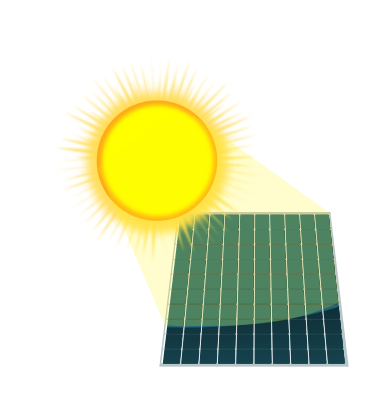Forward-looking: A team of German researchers from Martin Luther University Halle-Wittenberg has unveiled a significant advancement in solar energy technology, revealing a method to dramatically increase the amount of electricity certain materials can generate when exposed to light. Their approach involves stacking ultra-thin layers of different crystals in a precise sequence, resulting in a solar absorber that far outperforms traditional materials.
At the core of this discovery, published in Science Advances, is barium titanate (BaTiO₃), a material known for its ability to convert light into electricity, though not very efficiently on its own.
The scientists found that by embedding thin layers of barium titanate between two other materials – strontium titanate and calcium titanate – they could create a structure that produces significantly more electricity than barium titanate alone, even while using less of it.


As [email protected] pointed out, this 1000-fold increase is compared to barium titanate by itself, not to standard silicium solutions. However, it’s still worth pointing out: